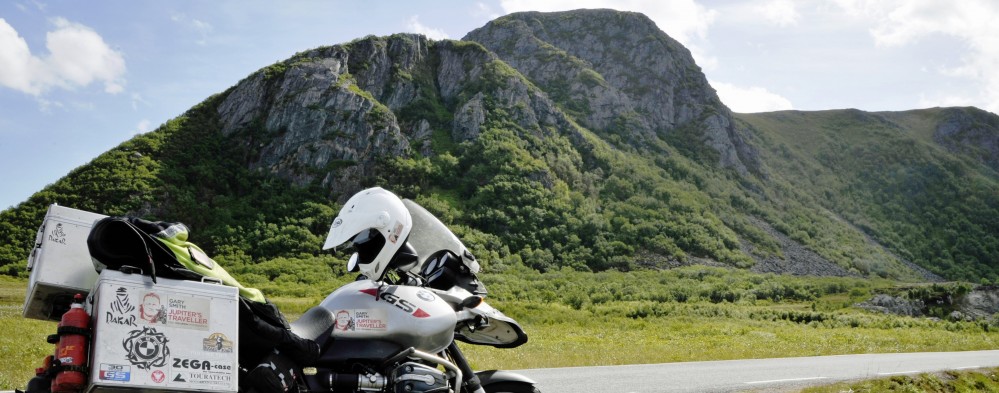The Lapland War
Riding south from Ravaniemi on the E75, I spotted a small side turning leading east marked Tervola and slipped quickly of the rough north south route, into the unknown. The brilliant sunshine glimmered of the the new bridge over the Kemi, as I stopped in the shade of the Kirk. Finland’s wartime past is not widely publicised but knowing the Russian pacts and advance from the east and the Finnish resistance and the earlier Lapland War, the number of German and Finnish war graves with similar dates reinforces the strategic importance of this river crossing in 1944.







